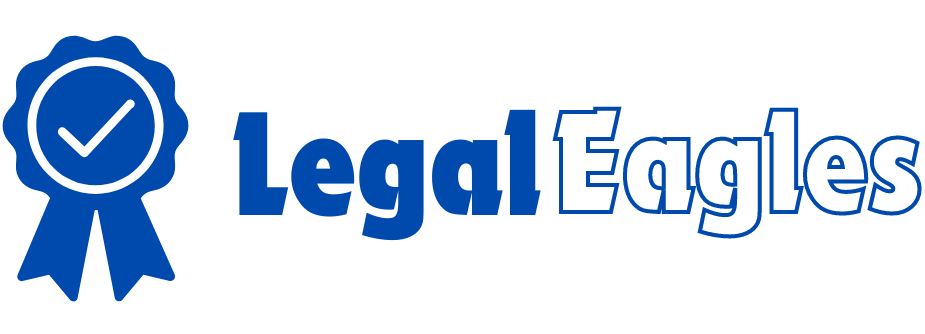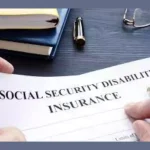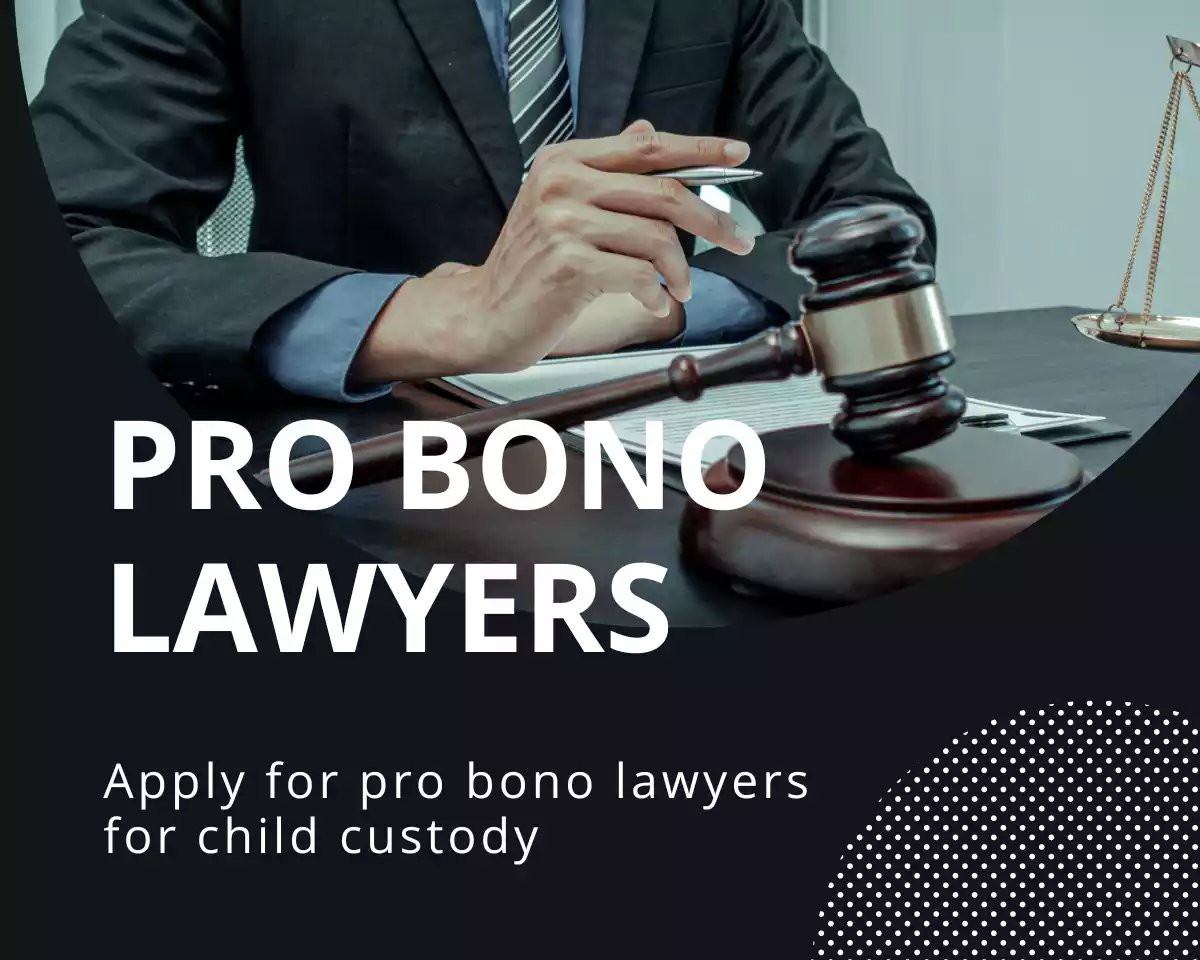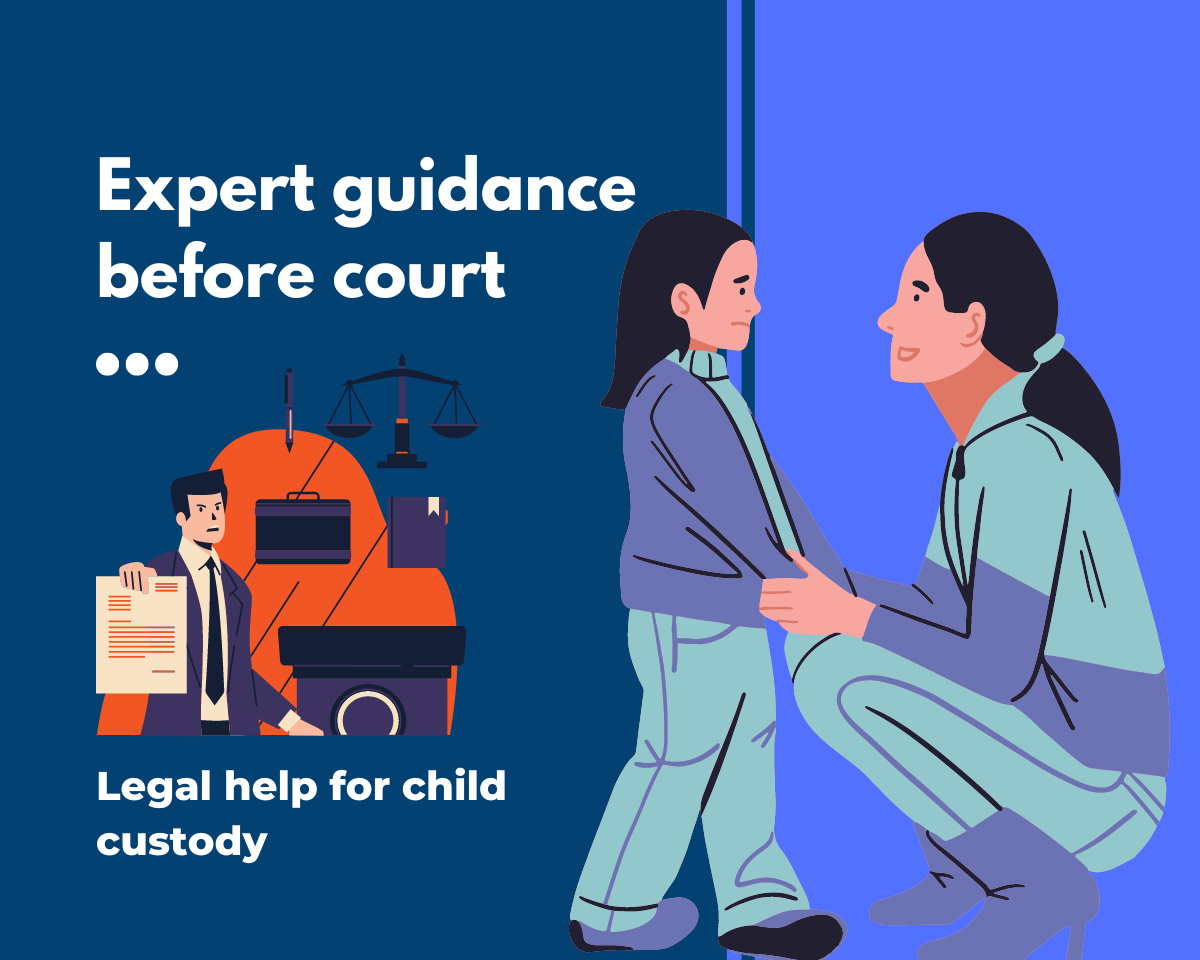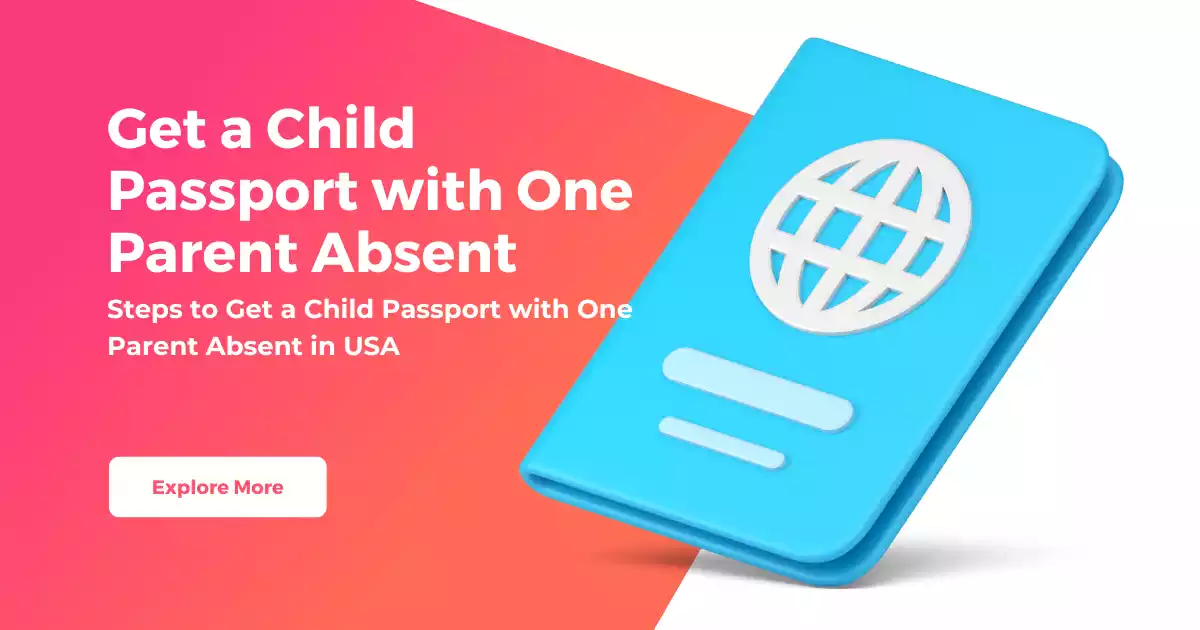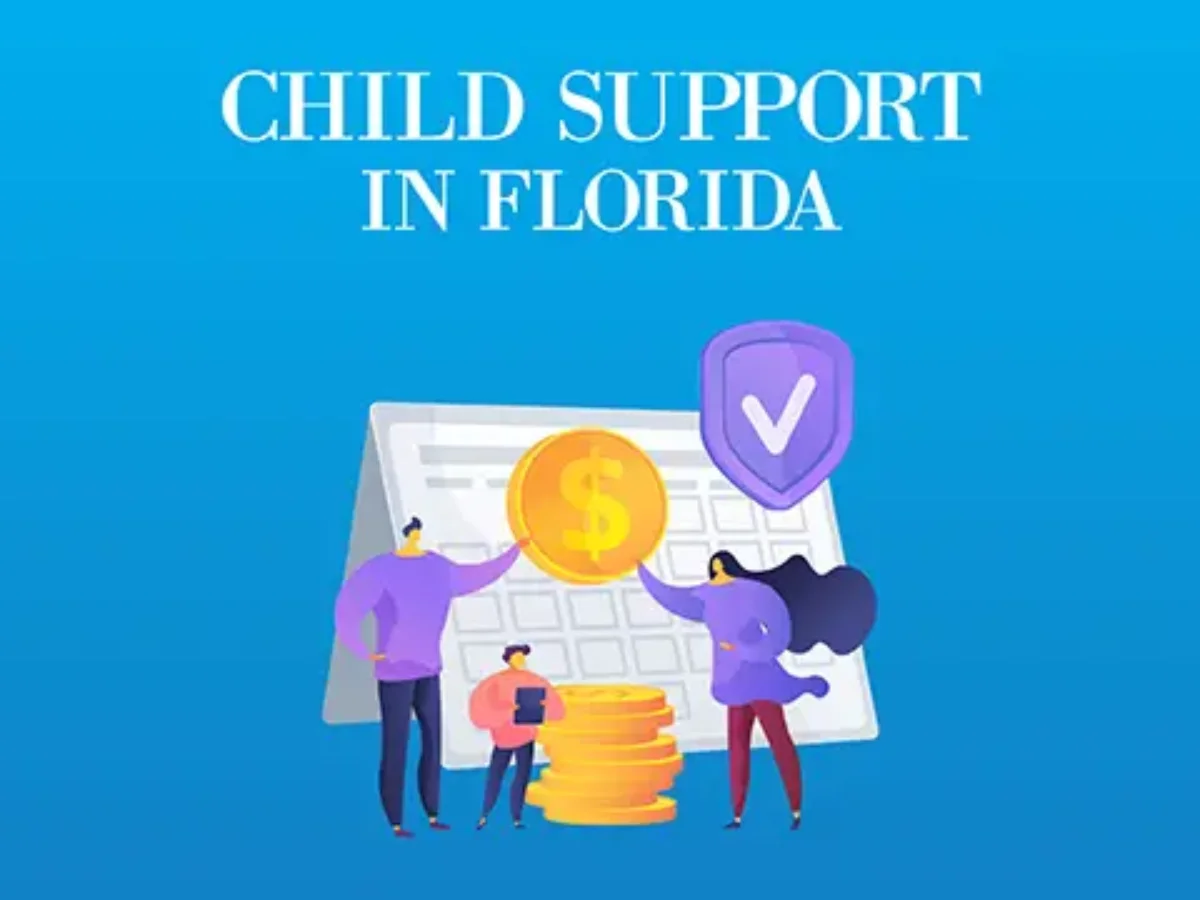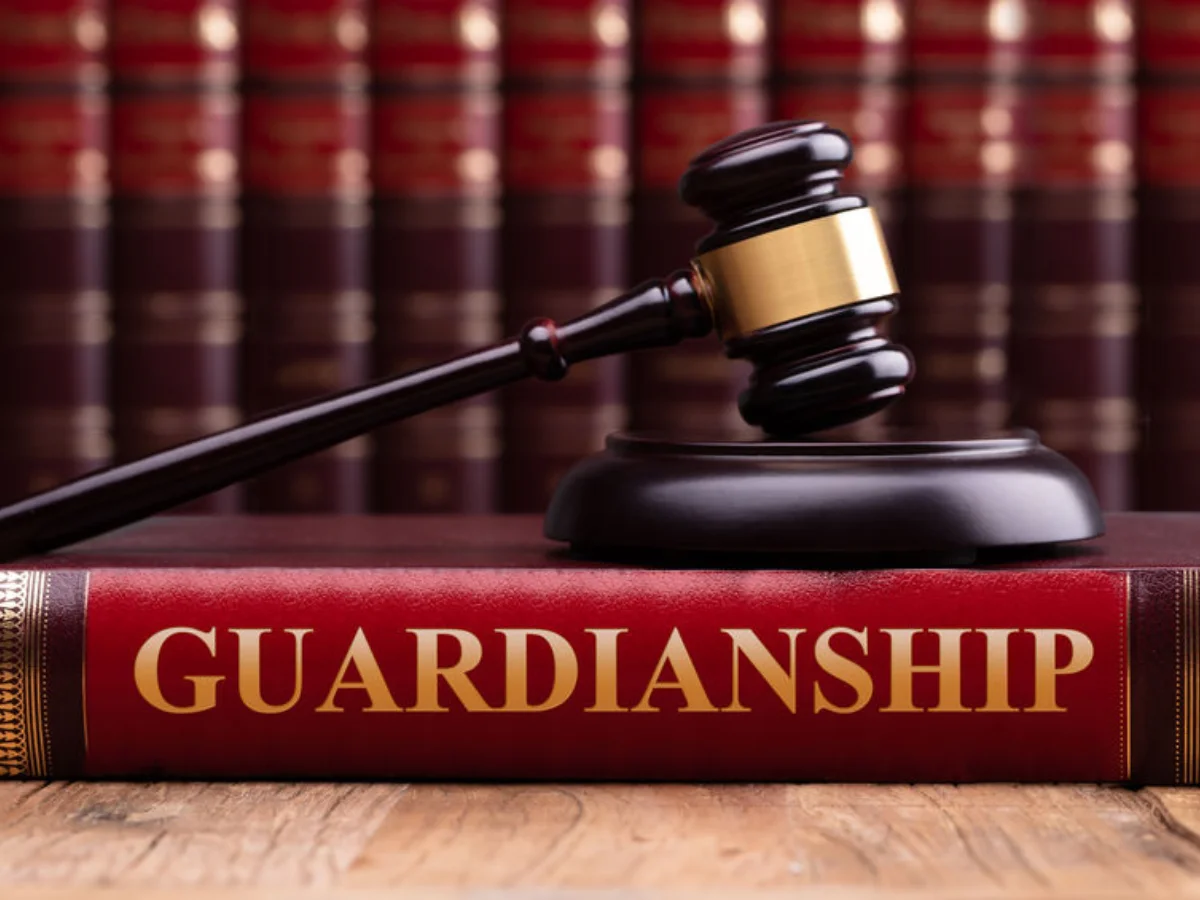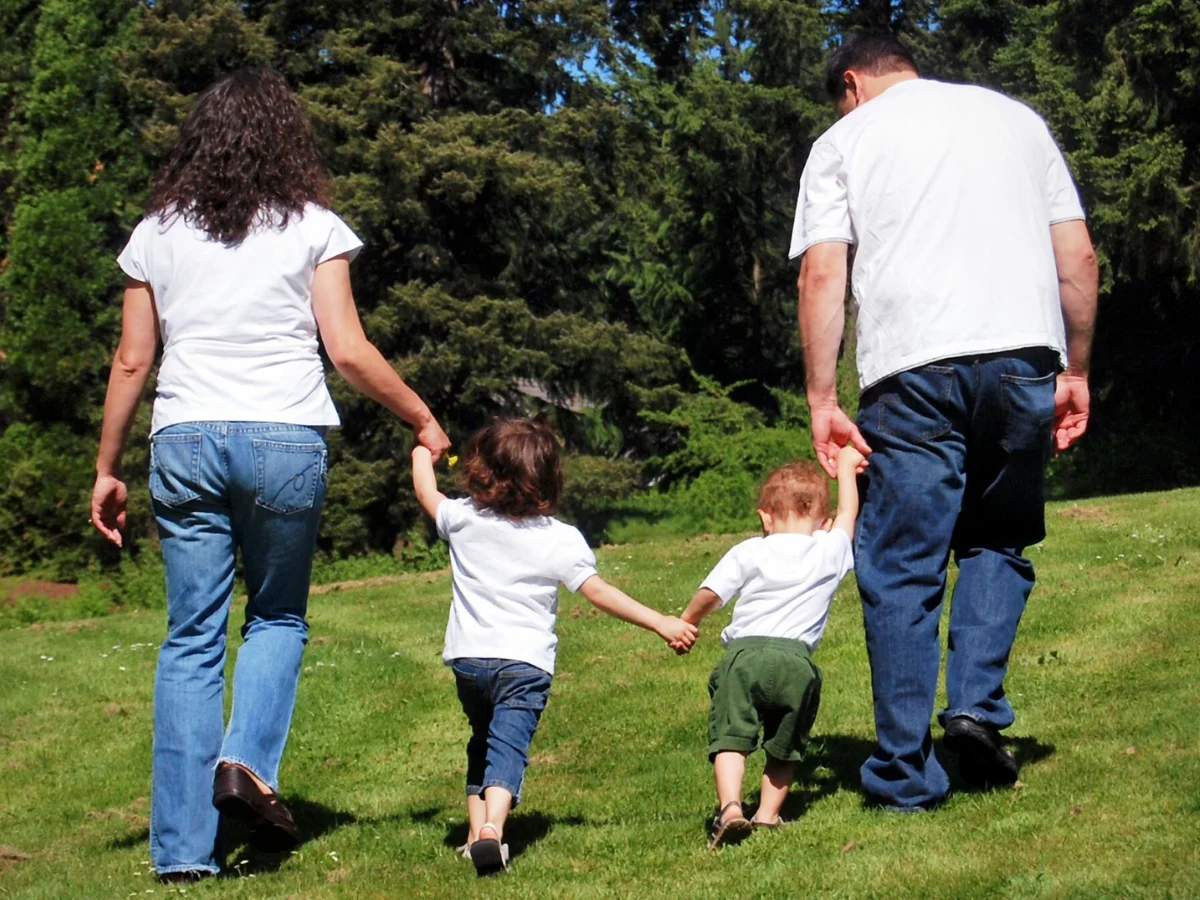Introduction: What Does Unsupervised Custody Mean on Vinelink?
Opening statement Understanding the concept of unsupervised custody on Vinelink is crucial for individuals involved in the criminal justice system. This article aims to provide a comprehensive overview of unsupervised custody, its implications, and significance in ensuring public safety and offender rehabilitation.
Importance of understanding unsupervised custody on Vinelink Gaining knowledge about unsupervised custody empowers individuals to make informed decisions, promotes transparency within the criminal justice system, and helps create a safer and more just society.
Check USA Trending News at Here: https://usa.wink24news.com/trending-now/
The Basics of Vinelink
Brief overview of Vinelink Vinelink is an essential tool utilized in the criminal justice system to provide real-time information on an offender’s custody status, location, and related details. Developed and maintained by Appriss, Vinelink serves as a centralized platform that consolidates data from various correctional agencies across the United States.
Purpose of Vinelink in the criminal justice system Vinelink’s primary objective is to enhance public safety by enabling individuals, such as crime victims, law enforcement agencies, and concerned citizens, to access accurate and up-to-date information about an offender’s custodial situation.
Custody Status on Vinelink
Explanation of custody status categories Vinelink categorizes custody status into different classifications to help users understand an offender’s legal situation. These categories include supervised custody, unsupervised custody, probation, parole, and mandatory supervision, each with its specific implications and conditions.
Differentiating between supervised and unsupervised custody Supervised custody refers to situations where an offender is under direct supervision by correctional officers or probation officers. On the other hand, unsupervised custody means that an offender is not under constant supervision, but still subject to certain restrictions and obligations.
Defining Unsupervised Custody
Explanation of unsupervised custody Unsupervised custody refers to a legal status granted to certain offenders, allowing them to be released from a correctional facility without constant supervision. This form of custody enables individuals to reintegrate into society while abiding by specific rules and conditions.
Circumstances under which it is granted Unsupervised custody is usually granted to offenders who have demonstrated good behavior, completed a significant portion of their sentence, and pose a low risk to the public. Eligibility for unsupervised custody is determined through a thorough evaluation process, taking into account factors such as the nature of the offense, prior criminal history, and individual rehabilitation efforts.
Key features and restrictions While in unsupervised custody, offenders are required to comply with certain conditions, such as regular check-ins with authorities, maintaining steady employment or enrollment in educational programs, and refraining from engaging in criminal activities. Offenders must also adhere to geographical restrictions and may be subject to electronic monitoring devices.
Understanding the Release Process
Overview of the release process The decision to grant unsupervised custody is made by correctional authorities, often in collaboration with parole boards or other relevant agencies. This decision considers factors such as the offender’s rehabilitation progress, institutional behavior, and potential risk to public safety.
Role of Vinelink in providing custody updates Vinelink plays a crucial role in providing real-time updates on an offender’s custody status. This includes notifying the public about a change from supervised to unsupervised custody, ensuring transparency and promoting community awareness.
Factors influencing the decision for unsupervised custody Multiple factors influence the decision to grant unsupervised custody, such as the offender’s demonstrated commitment to rehabilitation, cooperation with correctional programs, positive institutional behavior, and a comprehensive risk assessment.
Benefits of Unsupervised Custody
Increased autonomy for offenders Unsupervised custody offers offenders the opportunity to regain a sense of independence and responsibility. By allowing individuals to reintegrate into society while abiding by specific conditions, it promotes a constructive and rehabilitative environment.
Potential for reintegration into society Unsupervised custody facilitates a smoother transition for offenders back into society. It allows individuals to maintain employment, support their families, and actively engage in community activities, thereby promoting their successful reintegration.
Positive impact on prison overcrowding By granting unsupervised custody to eligible offenders, correctional facilities can alleviate overcrowding issues. This, in turn, allows resources to be allocated more efficiently, focusing on high-risk individuals who require closer supervision and intensive rehabilitation programs.
Evaluation and Monitoring
Lack of direct supervision in unsupervised custody Unlike supervised custody, offenders in unsupervised custody do not have direct oversight from correctional officers. This requires alternative methods of monitoring and evaluating their compliance with the established conditions.
Electronic monitoring devices and their role To ensure compliance and public safety, offenders in unsupervised custody may be required to wear electronic monitoring devices. These devices enable authorities to track an offender’s movements and promptly respond to any violations or breaches of the established conditions.
Ensuring compliance and public safety Compliance with the conditions set during unsupervised custody is crucial to maintaining public safety. Regular check-ins, home visits, and collaboration between law enforcement agencies and correctional authorities play vital roles in ensuring adherence to the established guidelines.
Risks and Concerns
Potential risks associated with unsupervised custody While unsupervised custody offers numerous benefits, it is not without potential risks. Offenders in this status may face challenges in maintaining their rehabilitation progress, encountering potential negative influences, or succumbing to temptations that could lead to reoffending.
Addressing public safety concerns To mitigate the risks associated with unsupervised custody, it is essential to conduct thorough risk assessments, provide appropriate support systems, and regularly review an offender’s progress. Collaboration between correctional authorities, rehabilitative programs, and the community is critical in addressing public safety concerns.
Strategies for risk management and prevention Implementing comprehensive risk management strategies, such as continued rehabilitative interventions, providing access to educational and vocational programs, and fostering strong community support networks, can significantly reduce the risks associated with unsupervised custody.
Alternatives to Unsupervised Custody
Brief overview of alternative custody arrangements Unsupervised custody is just one of several alternative custody arrangements available within the criminal justice system. Other options include supervised custody, probation, parole, and mandatory supervision, each tailored to the specific needs and risks of offenders.
Comparing supervised and unsupervised custody options Supervised custody involves direct and continuous oversight, whereas unsupervised custody provides individuals with more autonomy while still imposing specific restrictions. The appropriateness of either option depends on factors such as an offender’s criminal history, risk assessment, and the need for rehabilitative interventions.
Examples of Offenses Eligible for Unsupervised Custody
Listing common types of offenses Certain offenses are more likely to be considered for unsupervised custody, such as non-violent offenses, property crimes, and low-level drug offenses. The eligibility for unsupervised custody may vary depending on jurisdiction and specific circumstances.
Criteria considered for eligibility When assessing an offender’s eligibility for unsupervised custody, multiple criteria are taken into account. These include the nature and severity of the offense, the offender’s criminal history, demonstrated efforts toward rehabilitation, and the likelihood of reoffending.
Examining Probation and Parole as Alternatives
Differentiating between probation and parole While unsupervised custody focuses on offenders who have completed a significant portion of their sentence, probation and parole are forms of supervision granted to individuals in lieu of or after serving a prison term. Probation is typically given as an alternative to incarceration, while parole refers to supervised release after serving a portion of a prison sentence.
Pros and cons of probation and parole compared to unsupervised custody Probation and parole provide more direct supervision and support compared to unsupervised custody. However, they may also involve more stringent conditions and limitations. The appropriateness of each option depends on an individual’s specific circumstances and assessed risks.
Unsupervised Custody and Recidivism Rates
Research and statistics on recidivism rates Various studies have explored the relationship between unsupervised custody and recidivism rates. While recidivism rates can vary depending on multiple factors, anecdotal evidence suggests that individuals in unsupervised custody may have lower recidivism rates compared to those in supervised custody.
Impact of unsupervised custody on reducing recidivism Unsupervised custody, when supported by comprehensive rehabilitative programs, employment opportunities, and community support, has the potential to contribute to reduced recidivism rates. Maintaining a balance between public safety and offender reintegration is crucial in optimizing outcomes.
Legal Considerations and Procedures
Legal framework governing unsupervised custody Unsupervised custody operates within the legal framework of the criminal justice system, which varies across jurisdictions. Laws, regulations, and court decisions establish the parameters and procedures for granting, monitoring, and revoking unsupervised custody.
Court involvement and decision-making process The court plays a pivotal role in the decision-making process for unsupervised custody. Judges or parole boards review an offender’s case, considering recommendation reports, risk assessments, and individual circumstances before rendering a decision.
Case Studies and Success Stories
Real-life examples of successful unsupervised custody cases Numerous success stories exist where individuals granted unsupervised custody have successfully reintegrated into society, maintained law-abiding lives, and become positive contributors to their communities. These cases underscore the potential of unsupervised custody in supporting rehabilitation.
Lessons learned and positive outcomes achieved Analyzing successful cases can provide valuable insights into the factors contributing to positive outcomes. Lessons learned from these cases can inform the development of more effective rehabilitative programs and tailored approaches to unsupervised custody.
Public Perception and Stigma
Perception of unsupervised custody among the public Public perception of unsupervised custody may vary, often influenced by media portrayals and personal beliefs. Some individuals may perceive it as a lenient measure, while others recognize its potential benefits in promoting rehabilitation.
Dispelling common misconceptions and addressing stigma Misconceptions surrounding unsupervised custody can contribute to misunderstanding and stigma. Educating the public on its purpose, eligibility criteria, and positive outcomes achieved can help correct misconceptions and foster a more informed and inclusive society.
Future of Unsupervised Custody
Potential for expansion and evolution As the criminal justice system continues to evolve, there is potential for the expansion of unsupervised custody programs. Advances in technology, risk assessment methodologies, and community integration strategies may shape the future landscape of unsupervised custody.
Impact of technology and innovation in custody management Technological advancements can revolutionize custody management, providing more accurate tracking, efficient compliance monitoring, and enhanced risk assessment tools. Embracing these innovations can contribute to the effectiveness and fairness of unsupervised custody.
Conclusion
Restatement of the significance of unsupervised custody understanding Understanding unsupervised custody on Vinelink is crucial for individuals involved in the criminal justice system, as it enables making informed decisions, enhancing public safety, and supporting offender reintegration.
Acknowledgment of the potential benefits and concerns While unsupervised custody presents opportunities for offenders and the criminal justice system, it is essential to address associated risks, implement effective risk management strategies, and foster community support to maximize its positive impact.
Frequently Asked Questions (FAQs)
FAQ 1: How is unsupervised custody different from parole?
Unsupervised custody is granted to eligible offenders who have completed a significant portion of their sentence, allowing them to be released with specific conditions but without direct supervision. Parole, on the other hand, refers to supervised release after serving a portion of a prison sentence.
FAQ 2: Can someone in unsupervised custody leave the state?
The conditions of unsupervised custody may vary, but in most cases, offenders are required to remain within specified geographical boundaries. Leaving the state without permission would typically violate the conditions of unsupervised custody.
FAQ 3: What happens if an offender violates the terms of unsupervised custody?
Violation of the terms of unsupervised custody can lead to consequences, including revocation of unsupervised custody status, imprisonment, or other penalties depending on the jurisdiction and severity of the infraction.
FAQ 4: How does Vinelink notify the public about custody changes?
Vinelink promptly updates the custody status of offenders and provides real-time notifications to the public through various channels, including online portals, automated phone calls, and mobile applications.
Contents
- 1 Introduction: What Does Unsupervised Custody Mean on Vinelink?
- 1.1 The Basics of Vinelink
- 1.2 Custody Status on Vinelink
- 1.3 Defining Unsupervised Custody
- 1.4 Understanding the Release Process
- 1.5 Benefits of Unsupervised Custody
- 1.6 Evaluation and Monitoring
- 1.7 Risks and Concerns
- 1.8 Alternatives to Unsupervised Custody
- 1.9 Examples of Offenses Eligible for Unsupervised Custody
- 1.10 Examining Probation and Parole as Alternatives
- 1.11 Unsupervised Custody and Recidivism Rates
- 1.12 Legal Considerations and Procedures
- 1.13 Case Studies and Success Stories
- 1.14 Public Perception and Stigma
- 1.15 Future of Unsupervised Custody
- 1.16 Conclusion
- 1.17 Frequently Asked Questions (FAQs)
